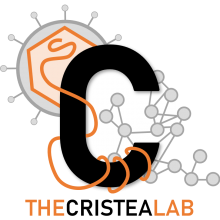Intercellular communication within the virus microenvironment affects the susceptibility of cells to secondary viral infections.
Type
Communication between infected cells and cells in the surrounding tissue is a determinant of viral spread. However, it remains unclear how cells in close or distant proximity to an infected cell respond to primary or secondary infections. We establish a cell-based system to characterize a virus microenvironment, distinguishing infected, neighboring, and distal cells. Cell sorting, microscopy, proteomics, and cell cycle assays allow resolving cellular features and functional consequences of proximity to infection. We show that human cytomegalovirus (HCMV) infection primes neighboring cells for both subsequent HCMV infections and secondary infections with herpes simplex virus 1 and influenza A. Neighboring cells exhibit mitotic arrest, dampened innate immunity, and altered extracellular matrix. Conversely, distal cells are poised to slow viral spread due to enhanced antiviral responses. These findings demonstrate how infection reshapes the microenvironment through intercellular signaling to facilitate spread and how spatial proximity to an infection guides cell fate.

